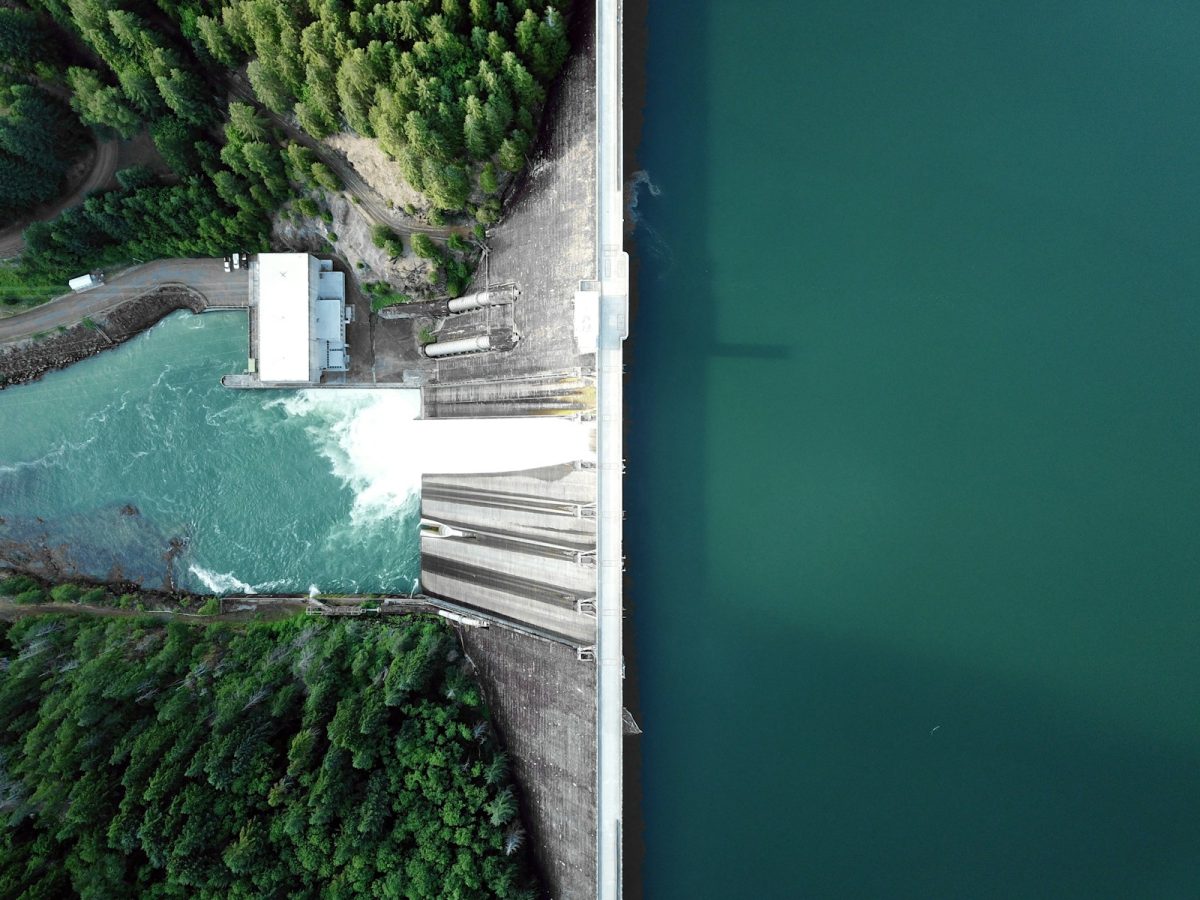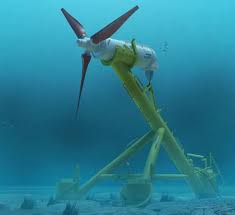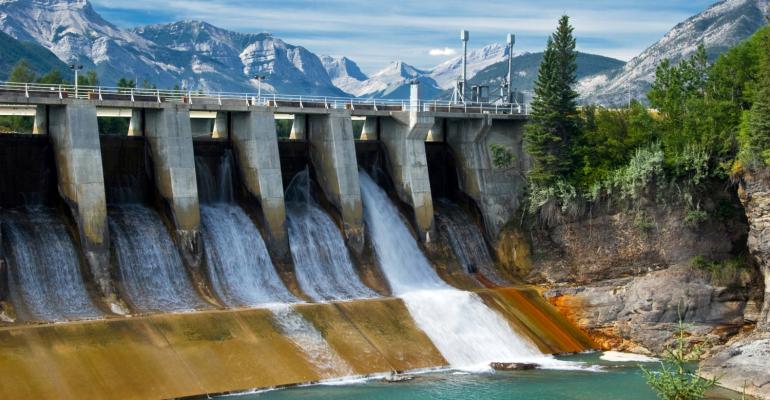
Introduction
For centuries, dams have been an impact and crucial part of human civilization. Since it was created in 3,000 BC it has many purposes to help the environment. In contrast, dams can also hurt our environment. The earliest known dam is the Jawa Dam in Jordan used for water control. Throughout the years and generations dams are still being built, debating on the improvements of our environment.
Construction of dams
The construction of dams can be created only with precise planning and engineering to make sure it lasts long and is effective. They are usually constructed by creating a barrier across a river or a stream to stop the water flow. Due to the dam’s size, the area must be excavated for the construction area and process. Also, a foundation must be made for the foundation to stay or else the water would tear it apart. Also, there would have to be strong materials such as concrete, rock, or earth. The dam may additionally include engineering features such as spillways, gates, and other engineering fields that control the water flow.
Impact of dams
Dams have been crucial to human civilization for centuries. They provide various benefits such as water supply, electricity generation, and flood control. It shows a very useful renewable energy source of water for domestic use, irrigation, and industrial purposes. Due to dams storing water, it can be used to support agriculture and human settlement. Especially places in dry regions. Additionally, dams can generate hydroelectric power, which is a renewable, clean energy source that reduces the usage of fossil fuels. Even dams can positively impact it can however hurt the environment around it. The construction of dams also brings negative impacts on the surroundings and environment where the dam is placed. Dan’s can lead to environmental consequences. Because dams alter the natural water flow in rivers, they can disrupt ecosystems. This can lead to the loss of habitats and aquatic species, which leads to hurting biodiversity. Some sediment from the dam results in downstream erosion and negatively impacts water quality.
Conclusion
In conclusion, dams have both positive and negative qualities when constructing them and for the environment and society. Even though they provide essential resources like electricity generation, they also hurt the environment around them. They pose challenges related to environmental degradation and social displacement. There isn’t a balance of dams and it makes a huge debate if it hurts or helps the human civilization. Dam practices and considering alternate solutions for energy and water needs would be better. Therefore it will minimize the effects on ecosystems and communities.
Related Stories
- https://agupubs.onlinelibrary.wiley.com/doi/full/10.1002/2016WR019905
- https://www.americanrivers.org/threats-solutions/restoring-damaged-rivers/how-dams-damage-rivers/
- https://www.bbc.com/future/article/20201021-how-dams-have-reshaped-our-planet
- https://hydroleadermagazine.com/the-bright-future-of-innovative-dam-construction-pumped-storage-twin-dams-off-river-reservoirs-and-more/
- https://www.pnas.org/doi/10.1073/pnas.1912776117





